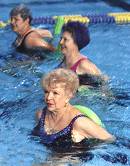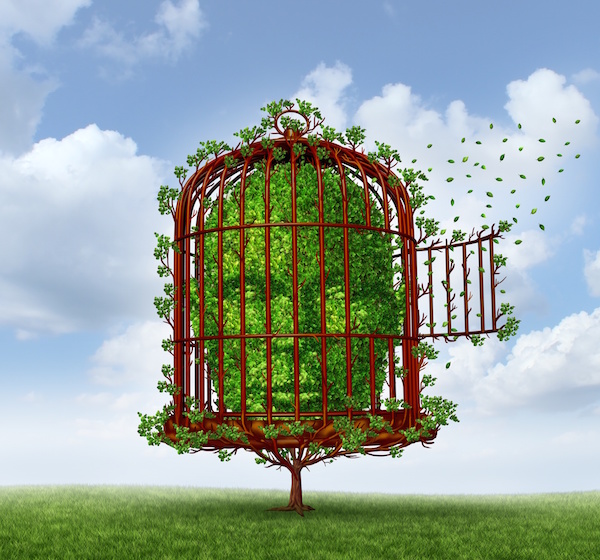
THURSDAY, Jan. 22, 2015 (HealthDay News) — More than three-quarters of Americans live close to at least one park or recreational facility, giving many people opportunity to exercise, a new study finds.
But access to exercise sites varies regionally, the nationwide study found. “Not everyone had equal access to opportunities for exercise,” said study researcher Anne Roubal, a project assistant at the University of Wisconsin Population Health Institute in Madison.
“Southern regions did much worse than the rest of the country,” Roubal said. “In the Northeast, most counties have very high access.”
Access to exercise opportunity is considered crucial for Americans to get regular physical activity, and in the process lower their risk for premature death and chronic health conditions, the researchers said.
“If we provide people more access to those locations, it is going to increase the chances they will be active,” Roubal said.
Currently, less than half of U.S. adults meet recommendations for moderate-to-vigorous physical activity: 150 minutes or more weekly of moderate exercise, or 75 minutes a week of vigorous exercise or a combination of the two, the study noted.
Roubal’s team defined access to exercise opportunity as living close to a park, gym, recreational center, skating rink or pool, she said. If people lived a half-mile from a park or one mile from a recreational facility in urban areas, or three miles in rural areas, they were considered to have access to exercise opportunities.
Data on bike trails was not available, Roubal said.
For the study, published in the January issue of Preventing Chronic Disease, the investigators calculated the percentage of residents with access to exercise opportunities in nearly all U.S. counties.
The researchers used 2012 data from County Health Rankings & Roadmaps, a program of the Robert Wood Johnson Foundation. The program ranks states on health outcomes and potential health based on measures such as diet and exercise. This is the first time access to exercise opportunities was included, Roubal said.
Seventy-seven percent of the U.S. population had access to some site for physical activity, the study found. However, “some counties have zero percent access,” Roubal said. “There is room for improvement.”
After the Northeast, opportunities to exercise were highest in the West, Midwest, Southwest and Southeast, in that order.
By state, access differed from 46 percent in Mississippi to 91 percent in Maryland, the study revealed.
The findings make sense to Susan Babey, a senior research scientist at the University of California, Los Angeles, Center for Health Policy Research, who wasn’t involved in the study.
Babey said she has done research in California on access to exercise opportunities for youth, and found that about 75 percent lived near a park — defined as within a half-mile if it was an acre or more, a quarter-mile for smaller parks.
The recent recession has made it challenging to increase access to exercise opportunities, she said, noting some communities have talked of closing parks because of budget constraints. “Things are starting to get better,” Babey said.
For those who don’t live close to parks or other recreational facilities, Babey and Roubal offered some tips.
“In terms of being active, try to find someplace safe to just go for a walk,” Babey said. Brief bouts of activity add up, such as parking far from a store or taking the stairs instead of the elevator, she suggested.
Roubal added, “Any activity is better than none. Even if it’s walking up and down your stairs for 10 minutes.” She also suggested meeting with neighbors and forming a walking group.
More information
To learn more about health rankings in U.S. counties, visit County Health Rankings & Roadmaps.
Copyright © 2025 HealthDay. All rights reserved.

